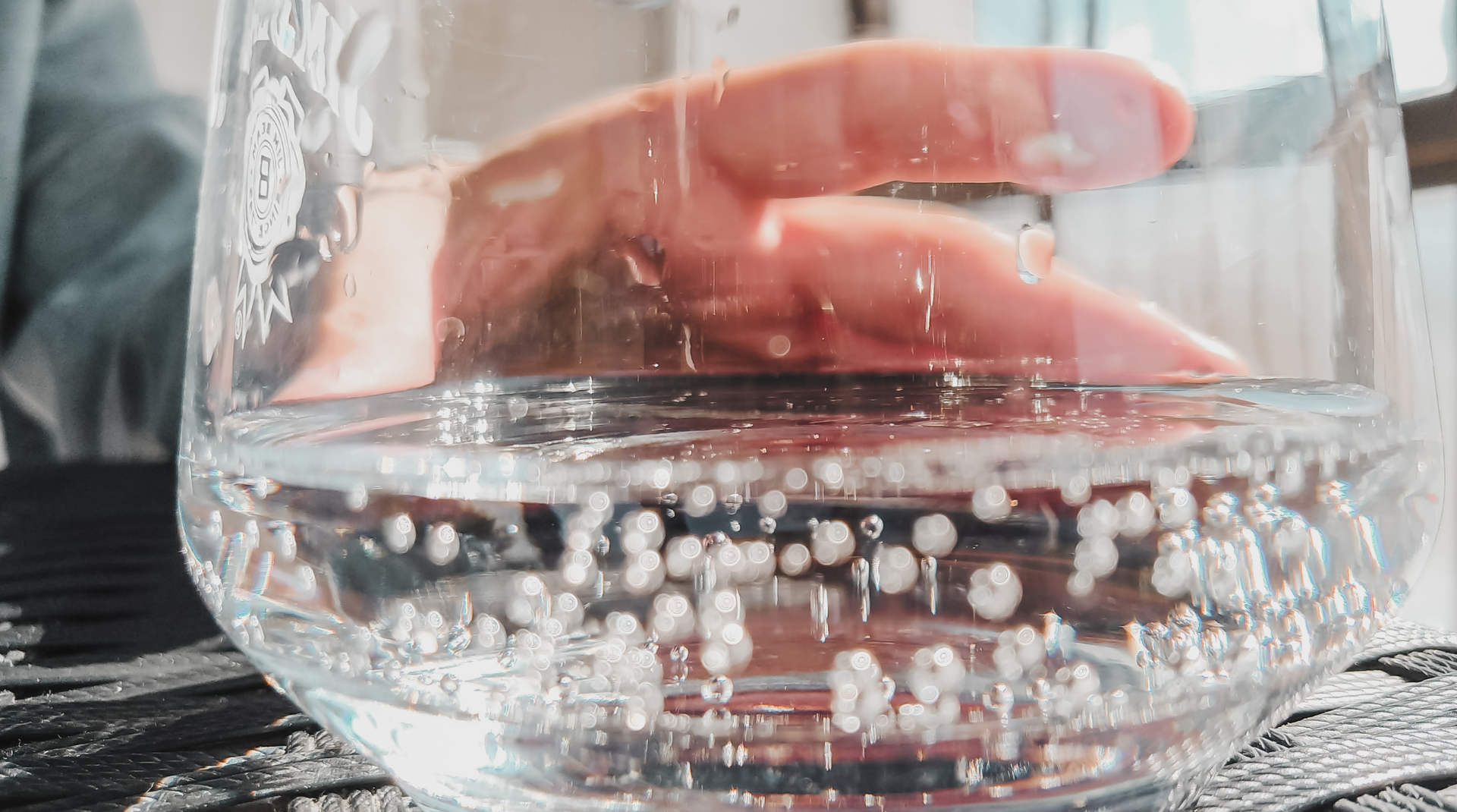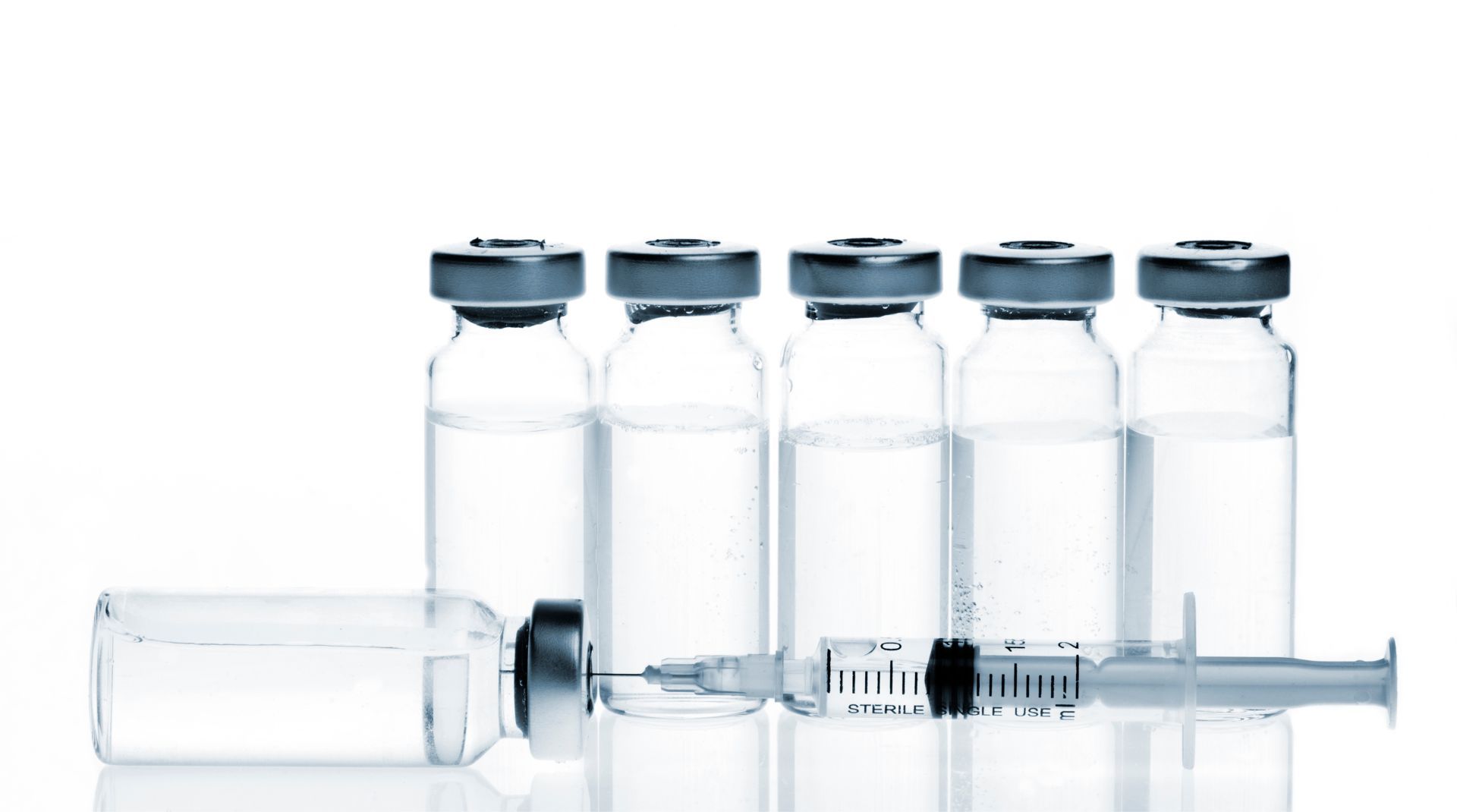Waterpik vs. Flossing: The Truth NYC Dentists Don't Always Tell You
The Question I Get Asked Every Day
"Dr. Johnston, I have a Waterpik now—do I still need to floss?"
I watch my patients' faces fall when I give them the honest answer: Yes, you absolutely still need to floss.
But here's what most dentists don't take the time to explain: it's not because one method is better than the other. It's because they do completely different jobs, and your mouth needs both to stay truly healthy.
At Shine Dentistry in Chelsea Gardens, I believe in giving my patients the whole truth about their oral health—even when it's not what they want to hear.
The Great Misconception When to Start What
What Patients Think:
- Waterpik = modern upgrade that replaces flossing
- More expensive = more effective
- Easier = just as good
- "My dental hygienist said it was fine" (spoiler: they probably didn't)
The Reality:
Both Waterpiks and traditional floss are essential tools that target different aspects of oral hygiene. Using only one is like trying to clean your entire home with just a vacuum or just a mop—you'll miss crucial areas.
How Each Method Actually Works
Traditional Flossing: The Physical Remover
What it does:
- Physically scrapes sticky plaque and bacteria from tooth surfaces
- Disrupts bacterial biofilms that water pressure alone cannot remove
- Removes food particles wedged tightly between teeth
- Stimulates gums through direct contact and gentle pressure
What it targets:
- Stubborn plaque buildup
- Bacterial colonies that cling to teeth
- Calculus formation prevention
- Tight contact points between teeth
Why water can't replace it: Imagine trying to remove peanut butter from a knife with just a water hose. The sticky, adherent nature of plaque requires physical disruption to be completely removed.
Waterpik: The Deep Cleanser
What it does:
- Flushes debris from deep periodontal pockets
- Reduces bacteria in hard-to-reach areas
- Massages gums with pulsating water pressure
- Reaches areas where floss physically cannot go
What it targets:
- Deep gum pockets (4mm or deeper)
- Areas around dental work (bridges, implants, braces)
- Loose food particles and surface bacteria
- Inflamed gum tissue that needs gentle stimulation
Why floss can't replace it: Traditional floss typically reaches only 2-3mm below the gumline. If you have periodontal pockets deeper than this, floss alone will miss significant bacterial colonies.
The Science Behind Why You Need Both
Bacterial Biofilms: The Sticky Truth
Dental plaque isn't just food particles—it's a complex bacterial biofilm that forms a protective matrix around colonies of harmful bacteria. This biofilm:
- Adheres tenaciously to tooth surfaces
- Resists water pressure alone
- Requires physical disruption for complete removal
- Reforms within 24-48 hours if not properly removed
Research Findings:
- Flossing alone:
- Removes 40% of plaque from between teeth
- Reduces gingivitis by 38%
- Prevents 80% of cavities that form between teeth
Waterpik alone:
- Removes 29% of plaque from between teeth
- Reduces gingivitis by 93% (better than floss!)
- Excellent for gum health, limited for cavity prevention
Both together:
- Removes 74% of plaque (nearly double either method alone)
- Reduces gingivitis by 95%
- Provides comprehensive protection for both cavities and gum disease
My Professional Recommendation: The Complete Protocol
Step 1: Floss First (Yes, Before Brushing)
Why this order matters:
- Loosens plaque and debris
- Allows fluoride from toothpaste to reach between teeth
- Maximizes the effectiveness of subsequent steps
Proper technique:
- Use 18 inches of floss, wrapped around middle fingers
- Gentle back-and-forth motion, then up-and-down against each tooth surface
- Clean below the gumline without forcing or snapping
- Use fresh sections of floss for each space
Step 2: Brush Thoroughly
Why after flossing:
- Removes loosened plaque and debris
- Delivers fluoride to newly accessible surfaces
- Cleans areas that floss may have missed
Step 3: Waterpik Last
Why this order:
- Flushes away everything loosened by flossing and brushing
- Provides deep cleaning in periodontal pockets
- Delivers therapeutic rinses to treated areas
- Leaves mouth feeling completely clean
Optimal technique:
- Warm water (more comfortable and effective)
- Start with lowest pressure, gradually increase
- Angle tip toward gumline at 90-degree angle
- 30-60 seconds total, focusing on problem areas
Special Considerations for NYC Lifestyles
For Busy Manhattan Professionals
Morning routine (5 minutes):
- Quick floss of problem areas
- Thorough brushing
- Waterpik while getting ready for work
Evening routine (full protocol):
- Complete flossing
- Thorough brushing
- Full Waterpik session while unwinding
Travel considerations:
- Portable floss for business trips
- Travel-size Waterpik for extended stays
- Hotel bathroom setups that work
- For Small NYC Apartments
Space-saving tips:
- Countertop Waterpik models
- Wall-mounted floss dispensers
- Shower flossing (if privacy allows)
- Multitasking during other routines
When Patients Try to Negotiate
"But my gums bleed when I floss"
My response: Bleeding gums are often a sign that flossing is desperately needed, not that it should be avoided. Healthy gums don't bleed from gentle, proper flossing.
The solution:
- Start with very gentle pressure
- Use waxed floss initially
- Be consistent—bleeding typically stops within 1-2 weeks
- If bleeding persists, we need to evaluate for gum disease
"I don't have time for both"
My response: I understand time constraints, but gum disease and cavities don't respect busy schedules. The time investment now prevents much more significant time (and money) investments later.
Practical compromises:
- Morning: Focus on problem areas with floss, full Waterpik
- Evening: Complete flossing protocol
- Weekend: Thorough evaluation of areas you might be missing
"My Waterpik feels like it's cleaning better"
My response: The refreshing feeling from water irrigation can be misleading. You're feeling the immediate removal of loose debris, but the sticky biofilm requires physical disruption.
The analogy I use: It's like washing your car—the pressure washer removes loose dirt, but you still need to scrub to remove stuck-on grime.
Specific Situations Where Both Are Crucial
Dental Work and Restorations
Bridges and crowns:
- Floss: Threader floss under bridges, around crown margins
- Waterpik: Deep cleaning around abutment teeth and gumlines
Implants:
- Floss: Special implant floss for around implant crowns
- Waterpik: Essential for preventing peri-implantitis in deep pockets
Orthodontics:
- Floss: Threader floss or floss picks around brackets
- Waterpik: Removes food trapped in brackets and wires
Periodontal Disease Management
Early gingivitis:
- Floss: Disrupts bacterial colonies forming biofilms
- Waterpik: Reduces inflammation and promotes healing
Advanced periodontitis:
- Floss: Maintains accessible areas
- Waterpik: Reaches deep pockets that floss cannot access
- Both: Essential for preventing progression
My Honest Assessment Protocol
What I Check During Your Cleaning:
Flossing effectiveness:
- Plaque accumulation patterns
- Calculus formation between teeth
- Cavity development in contact areas
- Gum inflammation at tooth contacts
Waterpik effectiveness:
- Deep pocket cleanliness
- Overall gum health and color
- Bleeding tendency during probing
- Bacterial load in deeper areas
Combined effectiveness:
- Overall oral health improvement
- Reduction in professional cleaning time
- Decreased need for deeper interventions
Product Recommendations for NYC Patients
Best Floss Options:
For beginners: Oral-B Glide Pro-Health (gentle, doesn't shred) For tight contacts: Cocofloss (expands and contracts) For sensitive gums: Tom's of Maine Anti-Plaque (gentle texture) For travel: Plackers floss picks (convenience)
Waterpik Recommendations:
For full families: Waterpik Aquarius Professional For small spaces: Waterpik Cordless Advanced For travel: Waterpik Traveler For sensitivity: Models with pressure control
Advanced Options:
Antimicrobial rinses for Waterpik reservoir Prescription fluoride rinses for high-risk patients
Therapeutic mouth rinses for specific conditions
The Investment in Your Oral Health
Cost Comparison:
Annual flossing cost: $15-30 Quality Waterpik: $60-100 (lasts 3-5 years) Combined annual cost: $30-50
Compare to:
- Single cavity filling: $150-300
- Gum disease treatment: $500-3,000
- Dental implant: $3,000-5,000
Time Investment:
Daily routine: 3-5 minutes total Annual time investment: 18-30 hours
Compare to:
- Single dental appointment: 1-2 hours
- Periodontal treatment: 4-8 hours over multiple visits
- Tooth replacement procedures: 10+ hours over months
The Bottom Line: Both, Always
After practicing dentistry in Manhattan for years, I've seen what happens when patients try to shortcut their oral hygiene routine. The mouth is too complex, and oral disease too persistent, for any single tool to provide complete protection.
The truth is:
- Flossing without Waterpik = incomplete deep cleaning
- Waterpik without flossing = incomplete plaque removal
- Both together = comprehensive oral health protection
My promise to patients: I'll always give you the complete picture, even when it means more work. Your long-term oral health is worth the extra few minutes each day.
Take Action for Complete Oral Health
Ready to optimize your oral hygiene routine? Let's create a personalized protocol that fits your lifestyle and addresses your specific needs.
📞 Call us at
(212) 242-5344
Your consultation includes:
- Evaluation of your current oral hygiene effectiveness
- Personalized product recommendations
- Technique demonstration and training
- Follow-up plan to track improvement
About Dr. Elena Johnston
Dr. Elena Johnston believes in giving patients complete, honest information about their oral health. Her comprehensive approach to preventive care has helped countless Manhattan professionals achieve optimal oral health through practical, sustainable routines.
"I'd rather tell you what you need to hear than what you want to hear. Your long-term health is worth the truth." - Dr. Elena Johnston
Ready to shine?
Your perfect wedding smile awaits at Shine Dentistry NYC.


